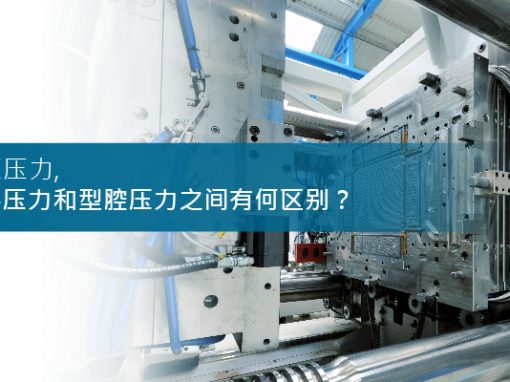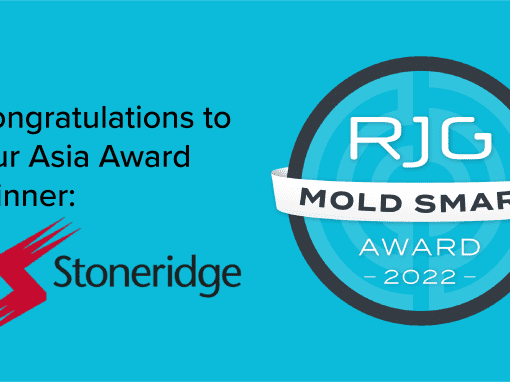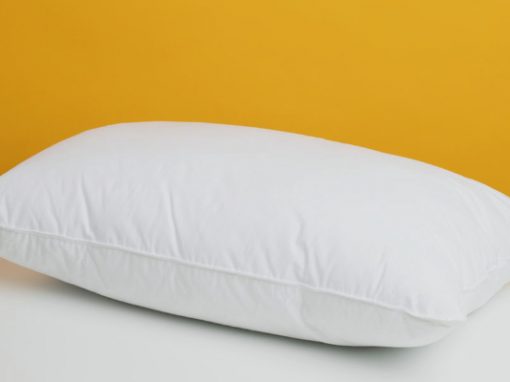Tip of the Day 54: V->P Transfer with Analog Pressure
One of our people was confused the other day about which signal to pick to transfer a machine that has an analog cavity pressure input.
For those not familiar with the concept, an “analog” cavity pressure input on a molding machine is a pair of terminals on the machine controller that accepts a 0 – 10V signal that represents 0 to some cavity pressure for display on the machine controller’s graphics. Most machines that have this feature only accept a single cavity pressure input. Typically the inputs come from charge amplifiers or other non-computing type hardware. The controller lets you set a scale factor that tells the machine controller how many volts represent how much pressure in the cavity.
Furthermore the machine controller usually has a method to set a threshold at which the machine should transfer from velocity to pressure (hold). To make the eDART become the external transfer control for these machines we attach a Lynx Analog Output module to the DIN rail stack and wire it to the machine’s cavity pressure input. We then set an arbitrary threshold on the machine controller at about 10% of full scale.
On the eDART we then set the Lynx Analog Output to the type Plastic Pressure Output and set the location to V->P Transfer. We control the transfer of the machine using all of the various eDART controls: V to P Transfer (with multiple setpoints / transfer on #Avg etc.) or valve gates (all gates closed => transfer). The eDART starts the cycle with the Plastic Pressure Output / V->P Transfer set to 0 volts. When the decision to transfer is reached it immediately switches this analog output to 10V. That’s it: either 0 V or 10V. The machine sees the 10V and assumes that plastic pressure has gone above it’s transfer setpoint and so transfers the machine.
Extra info:
You could define the Plastic Pressure Output “location” as “Post Gate” or “Post Gate High” or something similar. This causes the eDART to copy the selected signal to the analog output. The machine controller would then “see” a continuous plastic pressure curve as the pressure in the cavity goes up and down. You would then set the machine to transfer at some setpoint.
We do not usually recommend this for several of reasons. The “recipe” or process for running the parts is then stored in two places: the eDART and the machine. Furthermore machines do not do all of the things that the eDART does with securing setpoints, saving change logs etc. And the operator then gets confused about which device he should use to change cavity pressure septoint for the process.
Therefore try always to use the Plastic Pressure Output / V->P Transfer as a 0 – 10V switch for transfer instead of analog signals to the machine.


